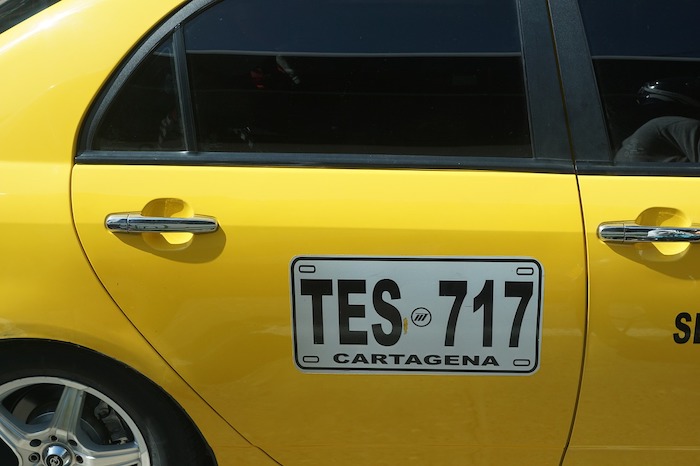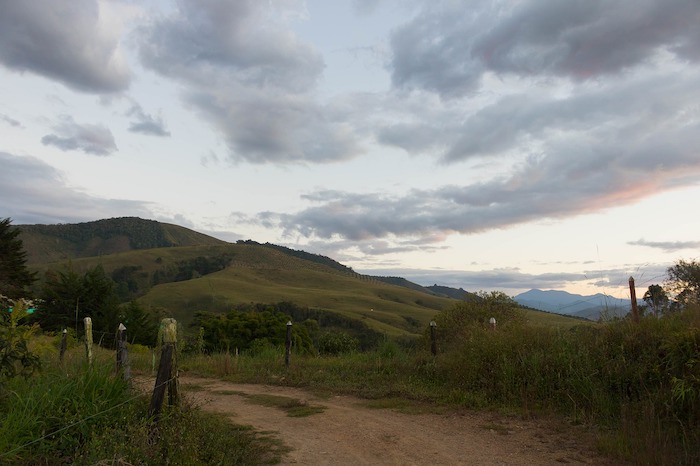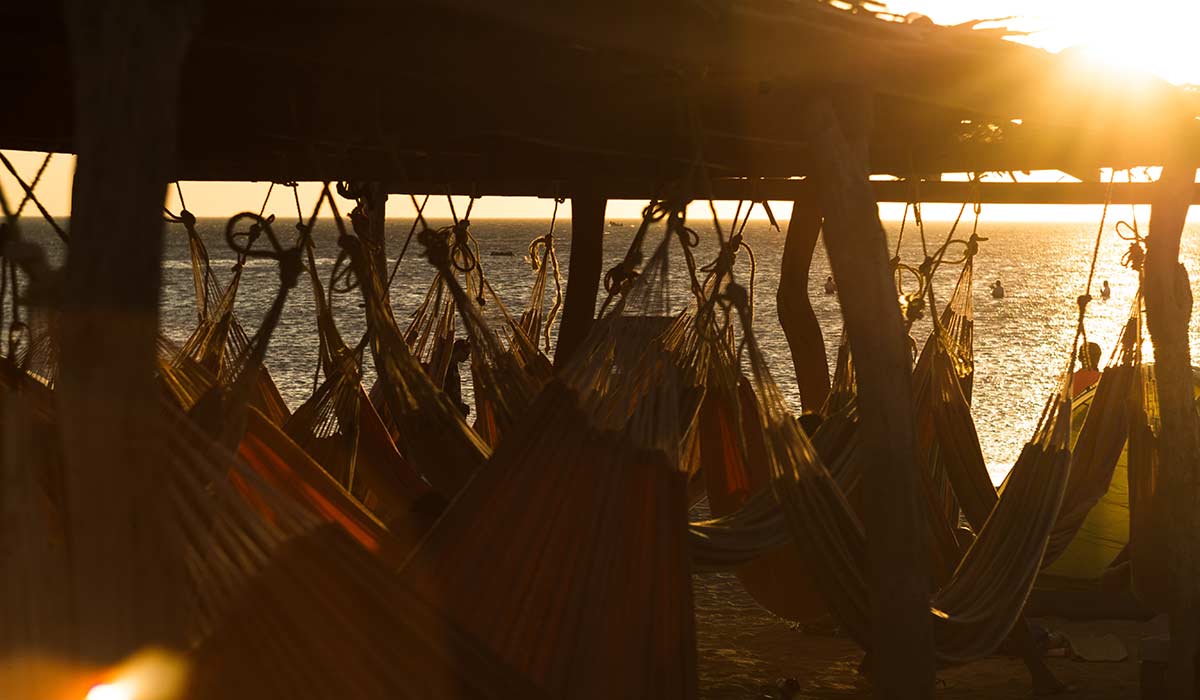This post is also available in:
 Español
Español
The safety in South America is a delicate subject. The news and what you hear in general often doesn’t do it justice. Fear is good in the right measure because it makes us be cautious, but we must not go overboard! One of the most questioned countries in terms of safety is Colombia. Today we will try to answer the famous question: Is it dangerous to travel to Colombia?
It’s a shame that your visit to Colombia is subject to this question, but we understand. We say it’s a shame because it’s a wonderful country with beautiful beaches and lush nature. Its past marked by drug trafficking, guerrillas and violence makes its safe questionable today. Today there are still certain things you can’t do in Colombia and that you have to take into account, here they go!
Cabs in Colombia
The biggest danger in Colombia, as in other South American countries, is to take a cab. It’s not that you have to walk everywhere, but it is interesting to take a series of measures to avoid having a scare. In recent years they have decreased, but it does not hurt to go with caution.

One of these measures is to avoid taking cabs on the street. It is safer to order them by phone or use South American mobile apps such as Tappsi or Easytaxi, this way you keep a record. You can also take a photo with the details of each car you take and send it to someone you trust .
Safety in Colombia at night
In general, nighttime is not the safest time to see Colombia. The darkness and the loneliness of the streets is a good time for robberies to occur.
Don’t panic! The logical thing is not to go for a walk through the empty streets in the middle of the night, it won’t cost you much to avoid it. Danger increases in some cities and neighborhoods.
The safest cities to visit at night are Cartagena de Indias and Santa Marta, they are the most touristic ones! In Santa Marta visiting Lost City at night could also be a very exciting option, but you might get lost (hehe) in the trees.
Rural areas
The rural areas of Colombia are the essence of the country. We know you don’t plan to miss the best landscapes, so we’re here to reassure you. They are no longer involved in drug trafficking, drugs, prostitution and violence, that’s over! But don’t rush, it is important that before embarking on your visit you get information about the municipality to which it belongs. The municipalities belonging to the Red Zone, as you can imagine, are best not to visit them.

No dar papaya
The meaning in Colombia is not related with fruit. It means that If you go walking around there in the middle of the night with gold chains and jewelry hanging all over your body, you’re just asking for it. So don’t don’t flaunt or brag about the camera you bought at 50% off or the super mobile you bought second hand. It’s ugly, a little bit of humility never hurts.
Double ration of common sense
In general terms you have to use common sense, that is, if you can avoid walking through lonely areas in the middle of the night, go to places that do not give you much confidence and visit areas that almost do not appear on the map, the better. And if you also inform yourself about each place you are going to visit, even better.
It is clear that the keys to safety in Colombia are caution, common sense and information. You have seen that fear is not one of them, so do not be afraid. Once this is clear you move on to the next phase: packing your suitcase. Don’t you think this step is the most dangerous?






